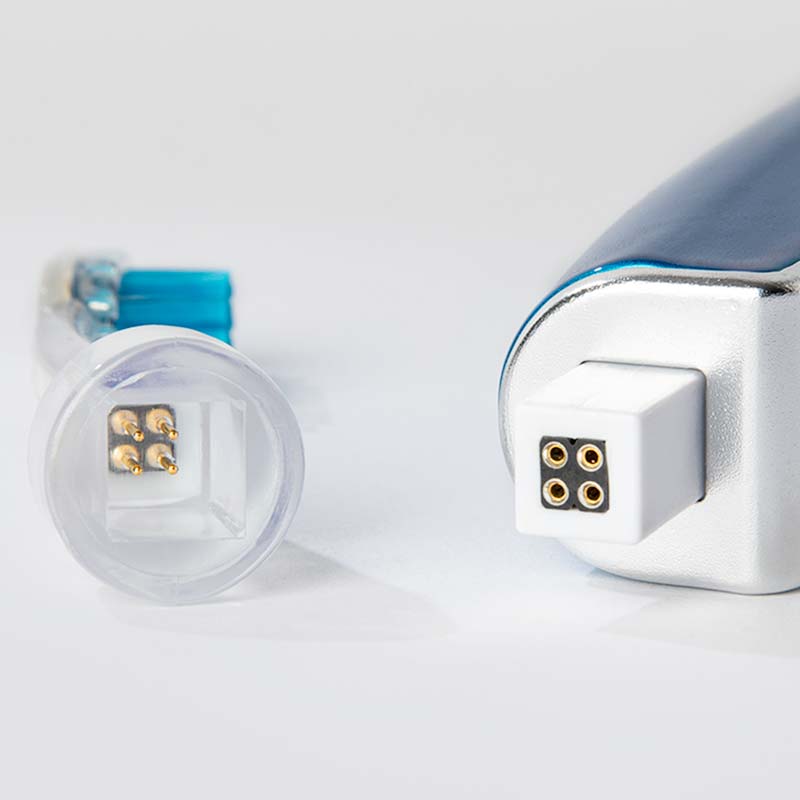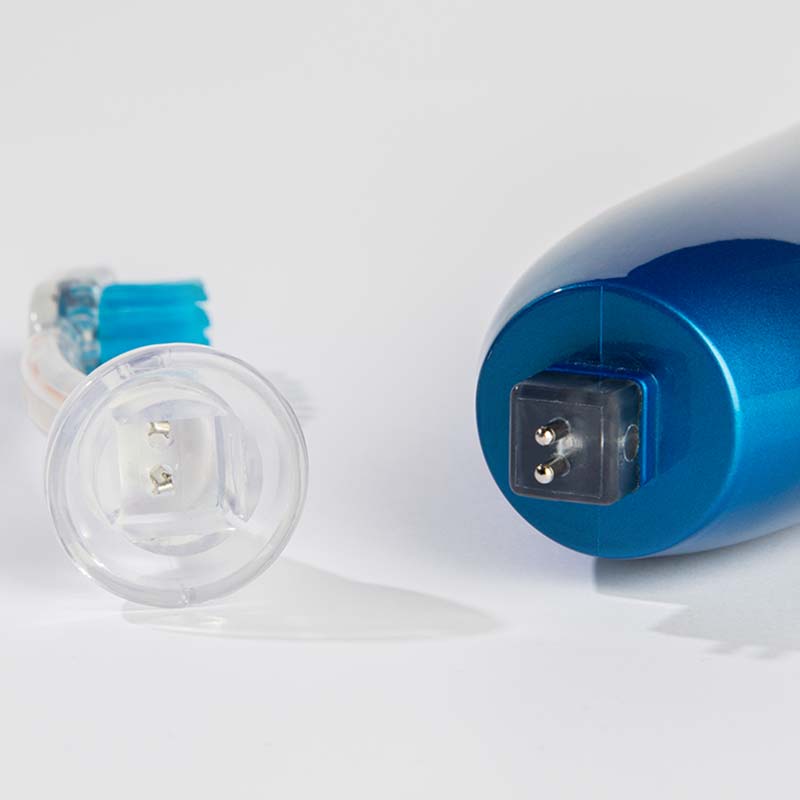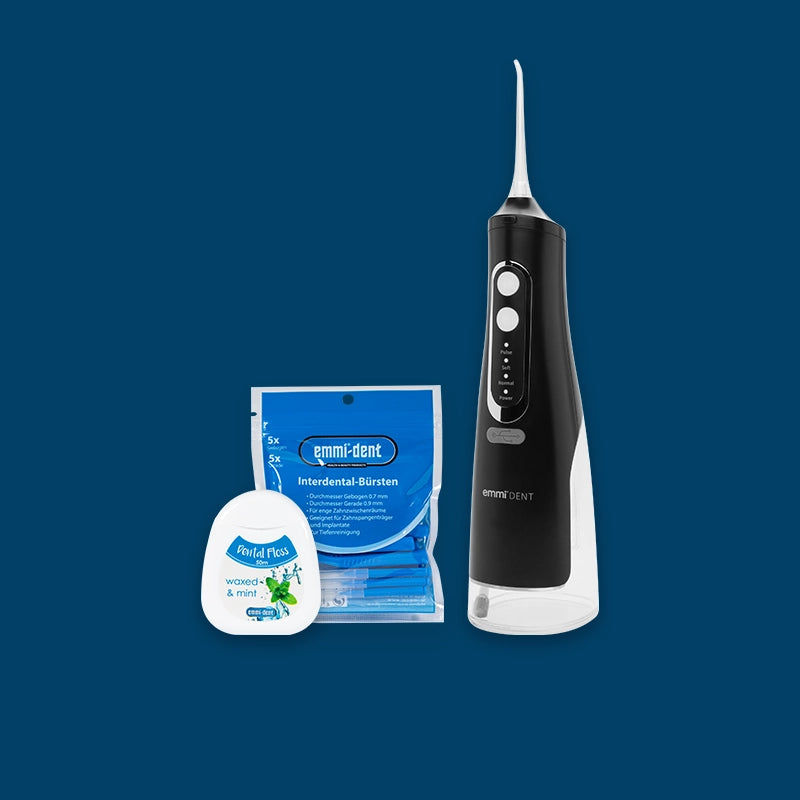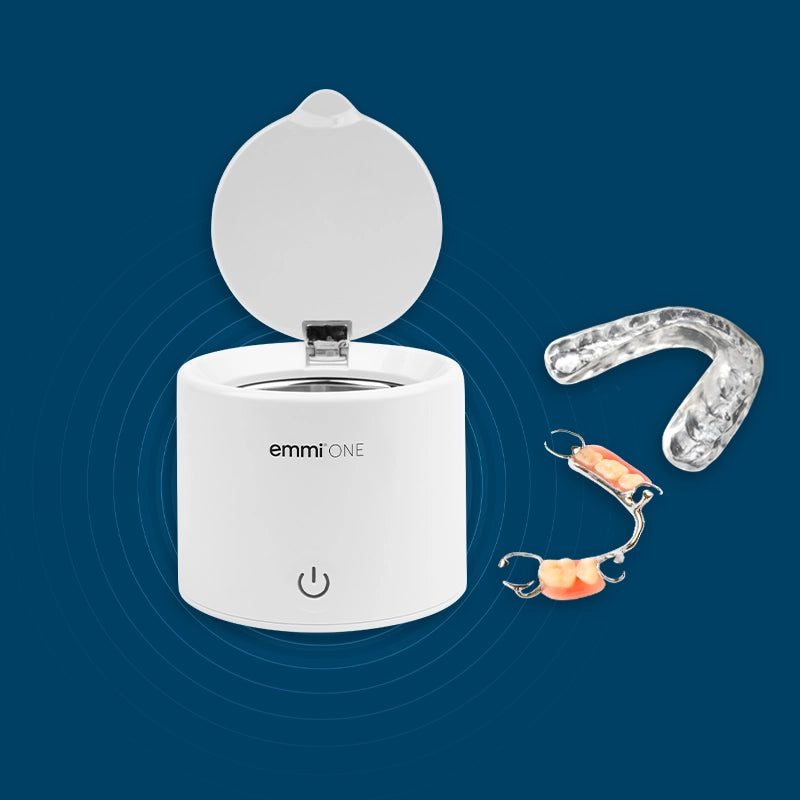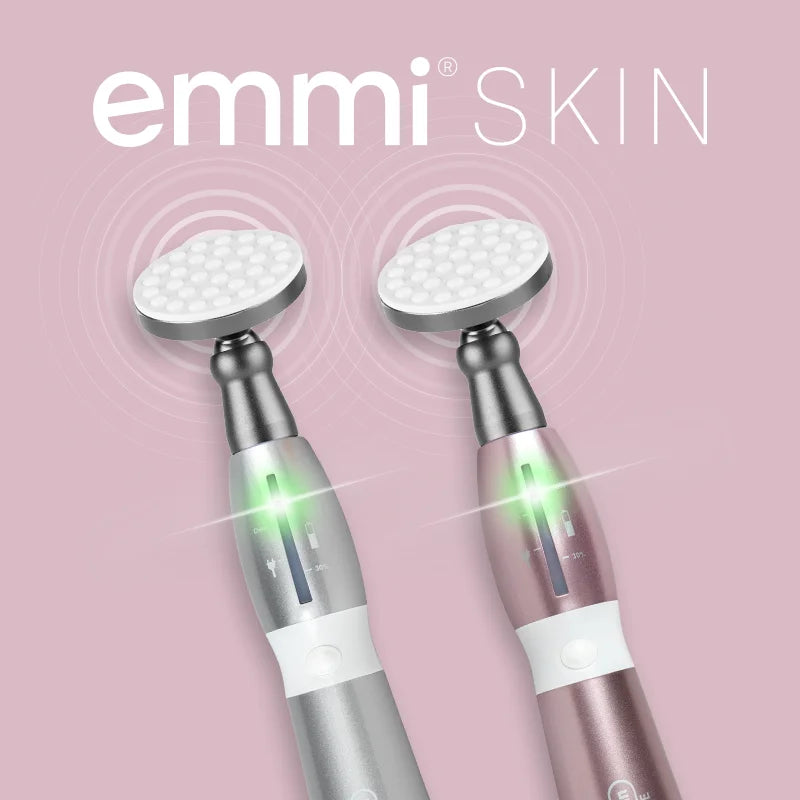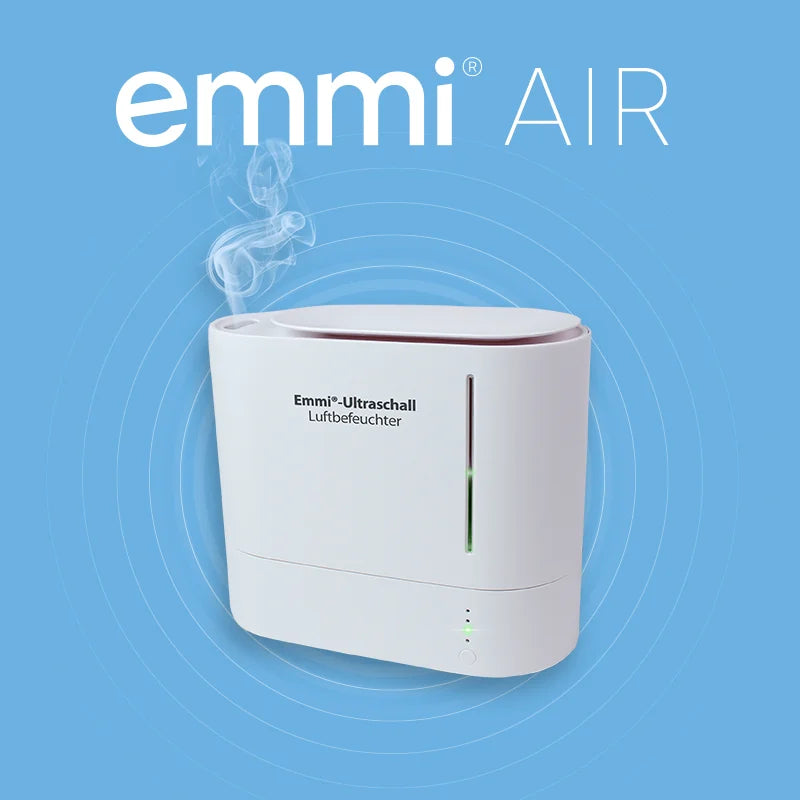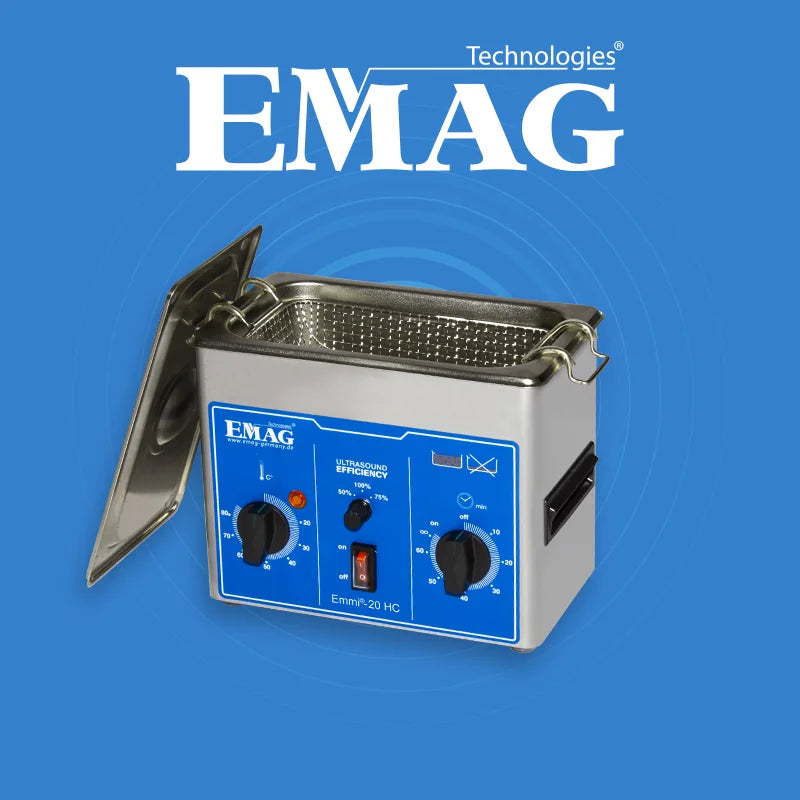
Emmi ® Ultrasonic GmbH receives the Innovation Award 2019 of the ghp (Global Health & Pharma) for the products of emmi ® -dent, emmi ® -pet and emmi ® -skin https://www.ghp-news.com/ &n...

Barrier-free quality seal EUKOBA
emmi ® -dent Care Barrier-free seal of approval Quality seal EU-GS 904 3 201 7 0037 D 0 The European Competence Centre for Accessibility eV hereby awards, by decision of the Control Committ...

Microbubble Certificate Goethe University
Microbubbles confirmed in emmi-dent toothpaste Confirmation As shown below, you can see a detail taken at high magnification from Emmi-dent toothpaste. Produced with the Hitach...

Ultrasound compared with manual toothbrushing in orthodontic patients with manifest gingivitis - A randomized, clinically controlled trial. Executive Summary Witten 2018 ORMED Institute for ...
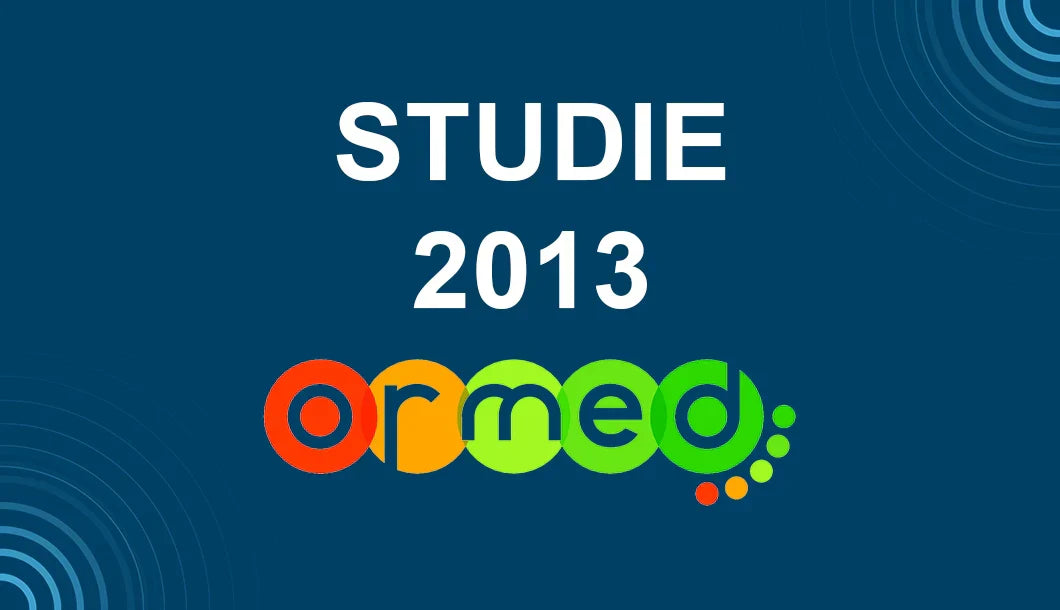
Clinically controlled study on the effect of ultrasound in periodontal maintenance therapy Executive Summary Witten 2012 ORMED Institute for Oral Medicine at the University of Witten/...
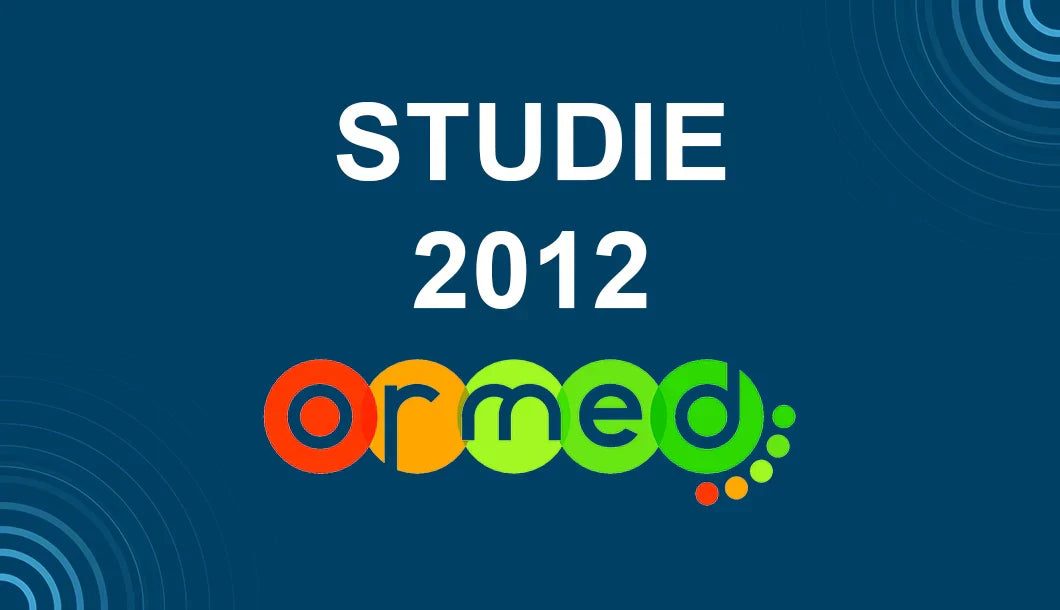
Clinically controlled study of plaque reduction and inflammation control of the gingiva with the ultrasonic toothbrush emmi ® -dent Executive Summary Witten 2011 ORMED Institute for Oral ...
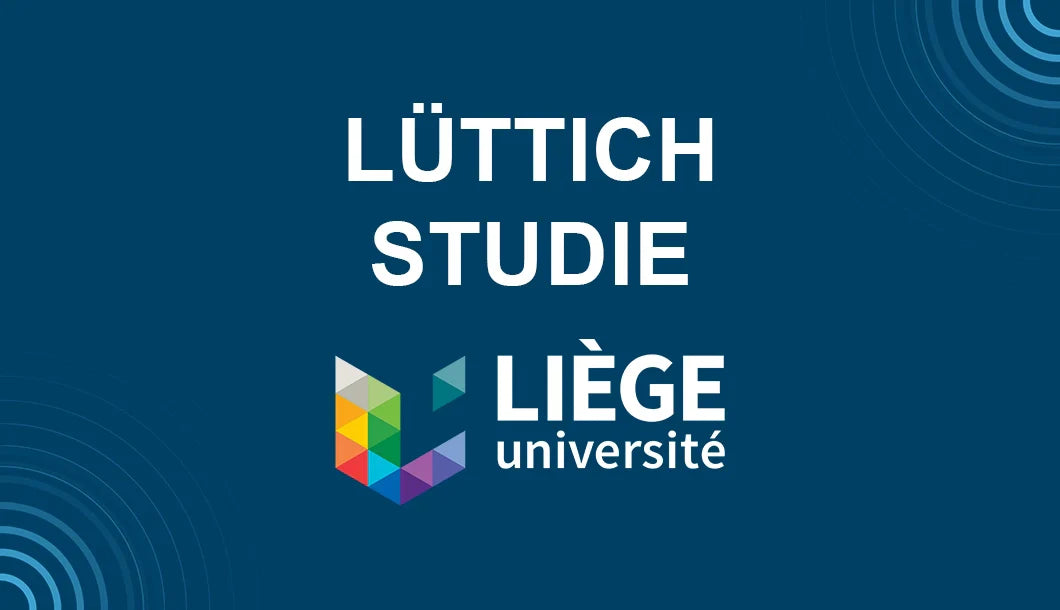
study by the University of Liège in 2011
Application study of micro-tooth cleaning with ultrasound Department of Pediatric Dentistry LIEGE / LIEGE February 2011 Study Director: Dr. Annick Urfels Investigator: Dr. An...


